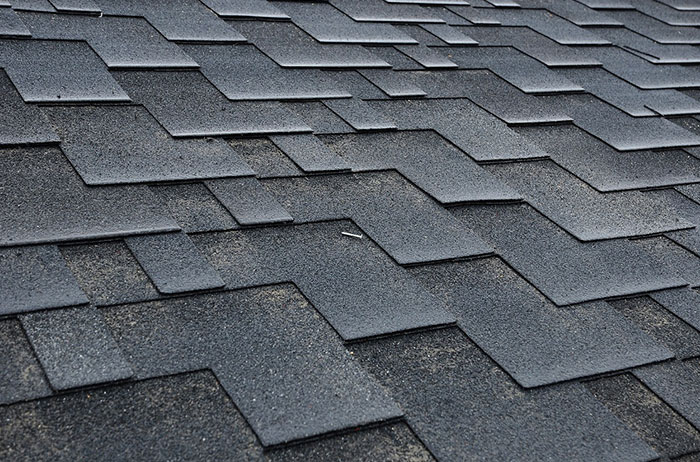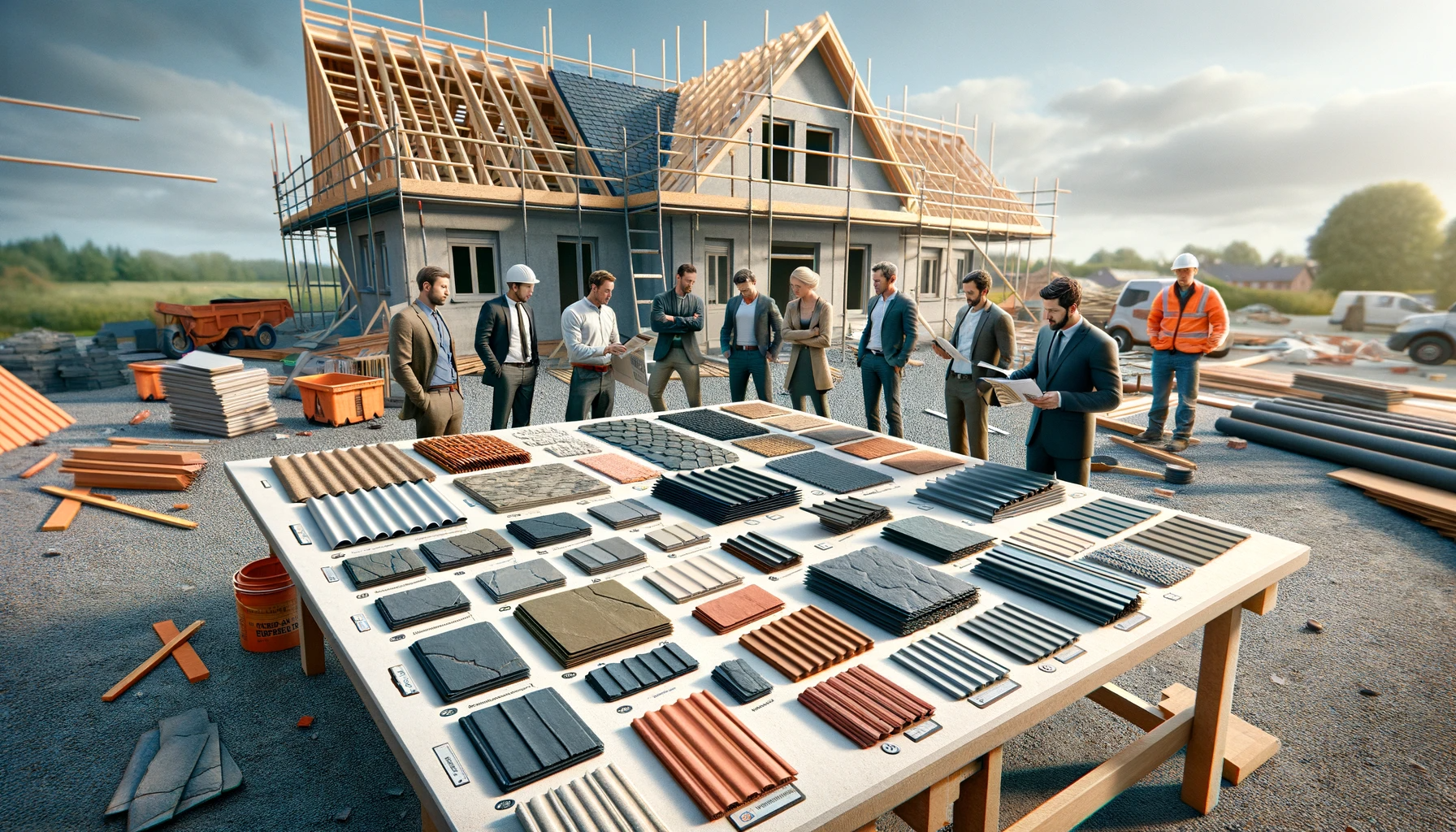Choosing the right materials for your roof goes beyond aesthetics and weather resistance – it also involves considering the crucial factor of fire resistance. While no roofing material can claim to be 100% immune to fire, you must understand their levels of fire resistance.
In a fire, traditional materials like wood or low-quality shingles can quickly become fuel and worsen the situation. Even materials that won’t catch fire may succumb to the intense heat by melting or distorting in shape.
This is why selecting materials with significantly lower combustibility can make a substantial difference. In this guide, we will help you find the right fire-resistant material for your roof.
Factors Used to Measure Fire Resistance
When gauging the fire resistance of roofing materials, there are three key standards by which the industry measures fire resistance capabilities. The standards include the Class A, Class B, Class C, and the Unrated standard.
These classifications are pivotal benchmarks that signify the material’s ability to withstand and mitigate fire risks. For homeowners, it’s imperative to veer away from materials that lack a rating or fall short of the minimum fire resistance requirements stipulated by these classes.
-
Class A
Class A signifies the highest fire resistance rating, making it the optimal choice for enduring severe fire exposure.
Before materials become categorized under the Class A rating, they’re first put under a rigorous TSM testing protocol. This testing protocol demands three tests before the rating is awarded.
The first subjects the material to intense flames for 120 seconds. This process is usually repeated 15 times.
In the second test, the material’s ignition resistance and fire spread is tested for over 10 minutes. Meanwhile, the third test assesses the material’s reaction to a burning metal piece in high winds for an hour and a half.
Examples of some popular Class A roofing material options include metal, clay tiles, slate, asphalt glass fiber composition shingles, and concrete tiles.
-
Class B
Class B roofs demonstrate effectiveness against moderate fire exposure, as they tend to last a minimum of one hour before ignition. Notable examples within the Class B category include pressure-treated shakes and shingles.
These roofing materials are reliable choices for withstanding moderate fire conditions while providing an added layer of protection for your property.
-
Class C
Class B materials only last for 20 minutes before igniting, so they provide very limited fire protection. Materials in this category, like untreated wood shakes, shingles, plywood, and particleboard, are not recommended for applications where fire resistance is crucial.
It’s essential to avoid Class C roofing when considering options for properties where fire safety is a concern.
-
Unrated
Unrated roofing materials fall below even Class C standards because they lack the minimum fire resistance required. It’s crucial to avoid these unrated options, as they pose an unnecessary risk.
Many local building codes prohibit the use of unrated roofing materials. Instead, they emphasize prioritizing rated options for enhanced fire protection and compliance with safety regulations.
Fire-Resistant Roofing Materials
-
Metal Roofing
Metal roofing stands out as a top choice for fire-resistant roofing. Unlike combustible materials, metal won’t catch fire, and though it can melt, the high temperatures required are seldom reached in typical fires.
While metal roofs have wooden decking vulnerable to internal and external fires, selecting a Class A-rated system is key. Beyond fire resistance, metal roofing offers durability, low maintenance, resistance to corrosion, and a variety of styles.
Despite the initial cost, its longevity makes metal roofing a wise investment lasting 40 to 70 years.
-
Asphalt Shingles
Asphalt shingles are a common roofing choice that often carries a Class A fire-resistant rating. These roofing materials can endure two hours in a fire before they give in to ignition.
Despite being petroleum-based, fiberglass-backed asphalt shingles offer decent fire protection, particularly with fire-resistant underlayment. Although not as resilient as metal, they impressively resist catching fire or fueling flames if they fall.
While they have the drawback of needing more upkeep and a shorter lifespan, their affordability, diverse styles, and colors make them an appealing fire-resistant option.
-
Slate Tiles
Slate tiles are an exceptional choice for fire-resistant roofing due to their unparalleled longevity and resilience. Some slate roofs can withstand adverse weather, wind, and fire for centuries.
This stone material combines natural beauty with durability while offering a virtually indestructible roof. However, the heaviness of the slate often necessitates additional structural support.
Despite the drawbacks of cost and specialized installation, slate’s inherent fire resistance, enduring quality, and aesthetic appeal make it a good choice for a fire-resistant roofing material.
-
Concrete and Clay Tiles
Concrete and clay tiles stand out as quality fire-resistant roofing choices. Moreover, beyond fire protection, clay tiles offer a distinct Mediterranean aesthetic.
Unfortunately, their installation and maintenance costs, coupled with their added weight, necessitate extra structural support. If you’re on a tight budget, consider all these factors.
You should also remember that it’s crucial to verify whether concrete and clay materials are truly Class A fire-rated. Though it’s rare, you can end up with concrete and clay tiles that are not genuinely Class A type.
Overall, these tiles offer a fire-resistant and visually appealing solution if you purchase the right Class type.
Conclusion
Safeguarding your home with fire-resistant roofing is a critical investment. Materials like metal, asphalt shingles, slate tiles, and concrete/clay tiles offer varying degrees of protection.
If you’re considering a professional for your roofing needs, Shoreline Roofing is your trusted partner. Contact us today.



